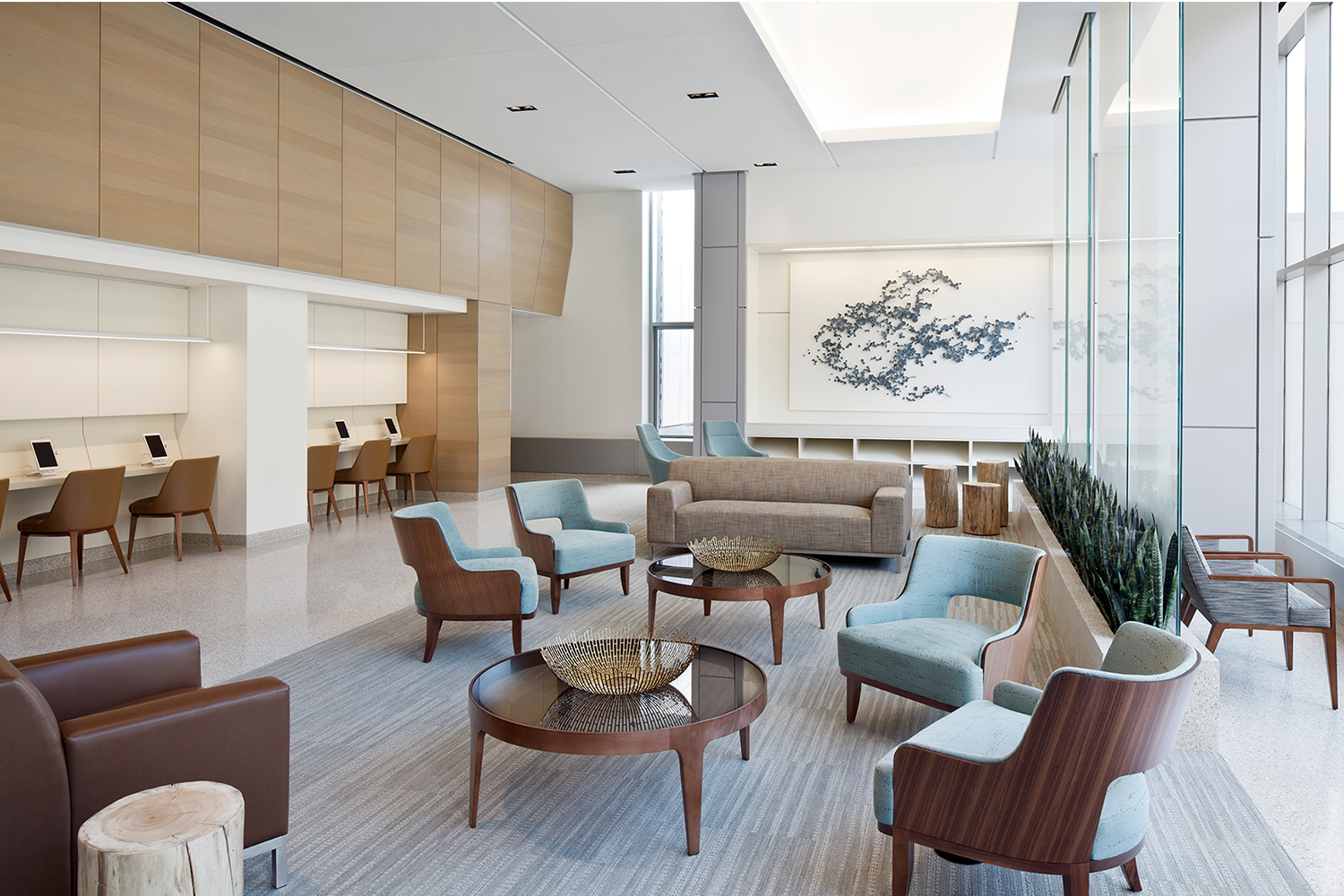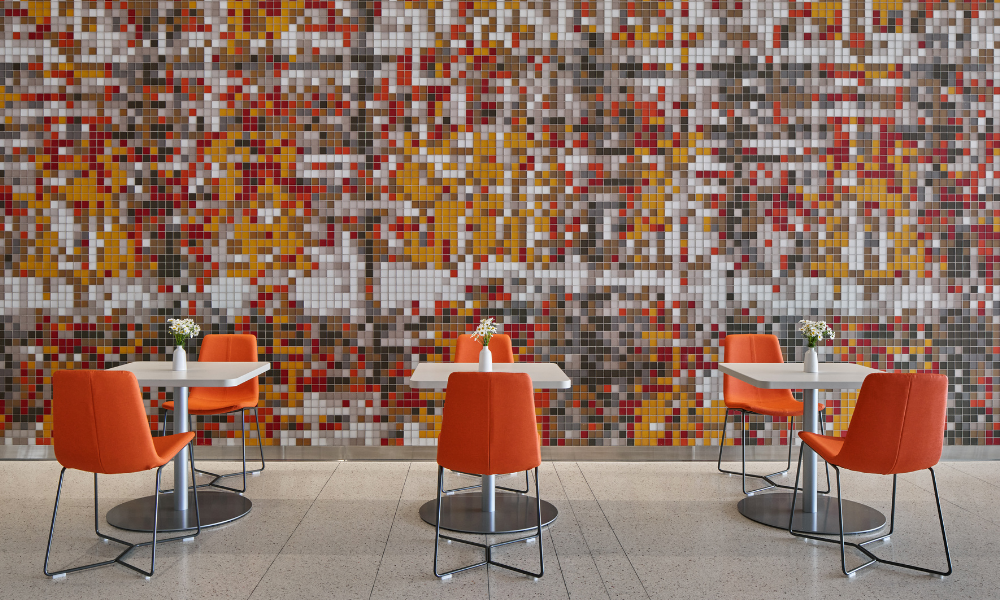
Clinic Optimization Drives Patient Safety and Variety
Throughout the healthcare market, it’s important for the success of healthcare systems and patients to know that they still have choice. That variety of choice both streamlines and optimizes the continuum of care and reduces waste in time and resources – precious commodities in today’s healthcare markets. Clinic spaces are the drivers of this variety and optimization of care.
Interaction with clinics as a primary point of contact is even more critical in today’s changing healthcare environment. Given the current pandemic and future concerns, clinics must be evaluated for improvements from both an operational and facilities perspective.
Clinics play a vital role in healthcare systems, and the ever-changing needs of their patients require continual evolution of how clinics are planned and designed. It is essential to realize that people still have choices, even in the world of COVD-19, of where and how to receive care.
To ensure their long-term success and value, clinic experiences need to center on the following:
- Recognition of Choice, Control, and Branding
- Community Expectations in the post-COVID-19 Era
- Perceptions of Safety
- “One-Stop Shopping”
- Multi– clinic Use
- Lean Methodologies: Waste Removal and Operations Driven Approach
Realizing these considerations into architecture requires facility solutions and concept refinements that prioritize the sequence of events that lead to clinic design.
Arrival and the New Waiting Room
Arriving at a clinic will have a new role. Branding of the clinic and easily identifiable entrances is key for first impressions. More patients will be aware of their surroundings requiring visible parking for just-in-time access. This parking should be near or close to a covered drop-off, in case walking distances are too far for the patient, prioritizing ease of access. Clinic entrances and exits should be separated, and, where appropriate, clinical team members should meet and greet patients and their loved ones at the entry point.
Triage Check Station
Once at the entry point, prioritize triage check-in stations, which include clinical space for temperature checks, vitals, and a brief questionnaire confirming symptoms. Family members or visitors may also expect to receive the same clinical care upon arrival. From a facilities standpoint, this may mean a small sink, storage of supplies, and patient chair nearby or accessible.
Smart Elevators
A clinic located on an upper floor should consider providing smart elevators. In this instance, the elevator is pre-programmed to have no stop access to a clinic floor, thus reducing interaction and additional floor stops. No stop access may impact the number of required elevators or the size of elevator cabs and should be addressed during new construction. Renovations of existing clinics may also implement this technology to reduce stops and contact between other floors within a facility.
Socially Distanced Check-In
Kiosks can help reduce the number of people having physical contact and interaction. Masks, gloves, wipes, and trash cans should be immediately accessible, and the kiosks cleaned between interactions. This may require a concierge escort team member for the cleaning and instructions of the kiosk. When a team member is needed or when one-on-one interaction is required, provide partition shielding to ensure acoustical privacy as well as the protection of others from infection.
Waiting Room Experience
Separate waiting rooms into both sick and well-waiting spaces. Appointment waiting areas, especially for those sickest outpatients, should have separate areas for appropriate socially distanced spaces. Compartmentalize waiting rooms to create smaller, less open areas, and reconfigure furniture to prevent high-density situations. Socially distanced areas should be identified through finishes and consider the experience of the patient. Operations may require that patients be limited to one person accompanying them to allow for adequate waiting rooms. Clean furniture frequently, and remove all magazines. In addition, evaluate amenities, and distribute previously provided items, such as coffee makers and snacks, by personnel vs. self-help access. Develop, confirm, and maintain new cleaning protocols.
Flow, Access, and Egress
As a patient enters the clinic, it is important to keep circulation one-way flow whenever possible, reducing the opportunity for cross-contamination. Material and staff flow should also follow this approach as much as possible. Check-out should be at the end of the experience and minimize interaction with the waiting room upon departure. In many cases, use stairs or dedicated smart elevators for egress through separate vestibules and doors. For example, soiled utility should not cross the paths of the clinic rooms or the clean supply and be located near a separate door if possible. This “patient-forward approach” allows for a reduced overlap in advance of interaction.
The Importance of the Exam Room – Physical Attributes
Re-evaluate the exam room to provide socially distanced zones within the room as much as possible. Convert the door to sliding exam room door to maximize the square footage of the room, and consider hand wave technology for hardware to reduce the number of physical interactions. In the room, consider placing the sink near the entrance door for immediate handwashing in and out of the clinical visit. Identify physician, visitor, and patient zones within the room through furniture configurations and finishes. Consider the use of anti-microbial finishes such as copper, silver, and minimizing cubicle curtains to aid in the planning and surface touches of the room. The exam room also provides an ideal opportunity for telehealth visits with the right infrastructure.
Telehealth
Telehealth is taking on a significant role in the world of pandemic care, both remotely and within on-site in inpatient settings. Many well visits and preliminary care visits are taking place through telehealth today. This increase has multiple advantages: pre-visits help reduce unnecessary interactions within the physical clinic environment. In some cases, telehealth improves operational efficiency by allowing physicians and staff members to prioritize clinical care, allocate and disseminate information quicker to specialty team members, and reduce interaction and travel time for both the patients and the physician. The exam room can support telehealth capabilities for areas that don’t have private offices or space for these communications to occur. Infrastructure and high definition monitors in these private spaces provide the necessary support for communication to take place. If possible, use spaces outside the exam room to prevent scheduling disruption with the needs of those on site at the clinic. Telehealth also promotes social distancing and aids remote access for those in rural environments.
Engineering Considerations
As clients consider flexibility and potential contagions in a clinic environment, there are opportunities for consideration from an engineering perspective. These items will potentially impact cost and deviate from the traditional plenum return approach but may be appropriate in some clinic settings. Considerations for hard ducts in public spaces, including, but not limited to, waiting rooms, lobbies, procedure rooms, and corridors are potential opportunities. Hands-free lighting also reduces the number of high-touch areas within these spaces.
As clinics evolve and respond to the current and future pandemics, social distancing, and new trends in healthcare, architects are continuing to lead initiatives and research for the facility and operational improvements needed for improving the care and safety of our patients and clients.





